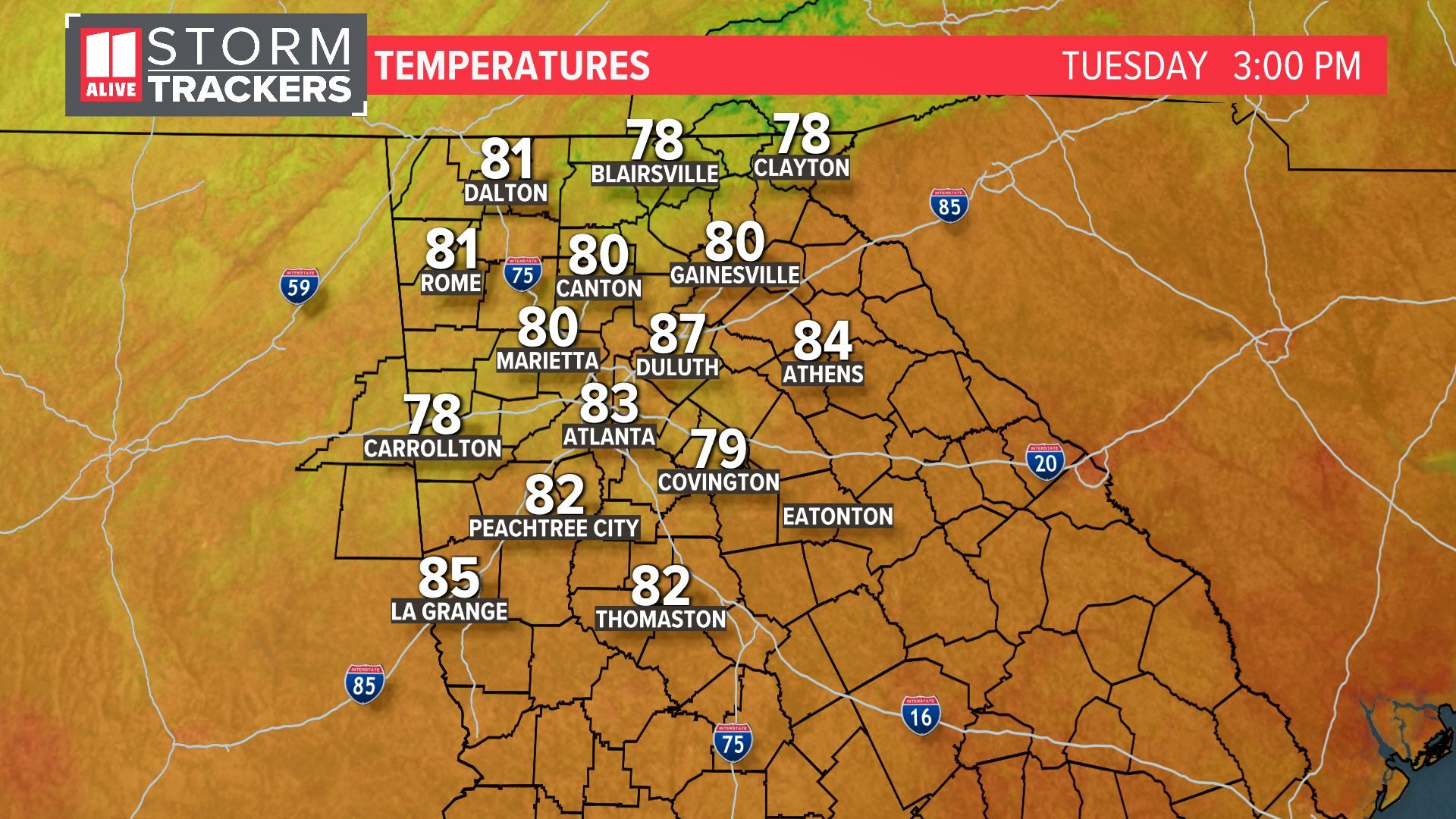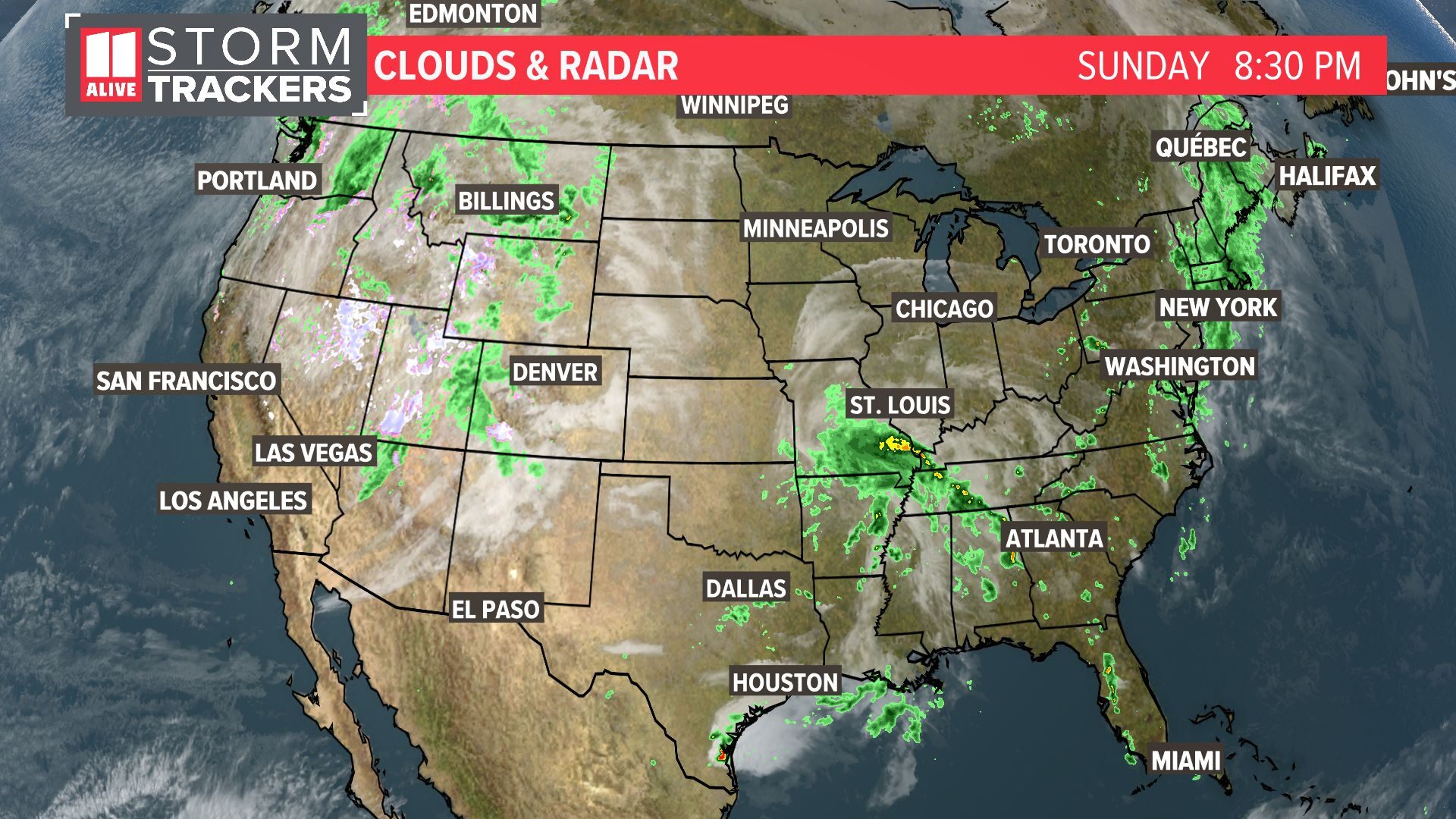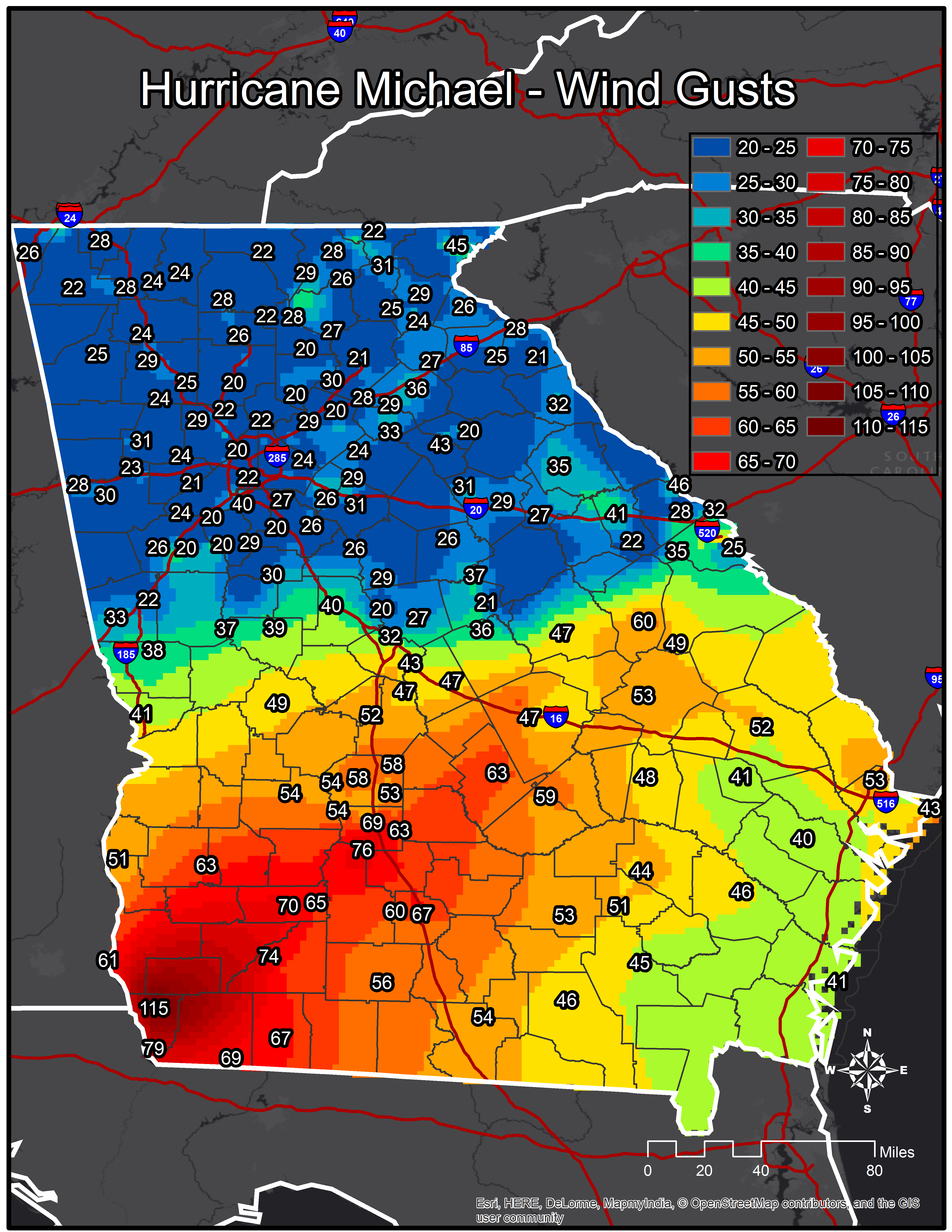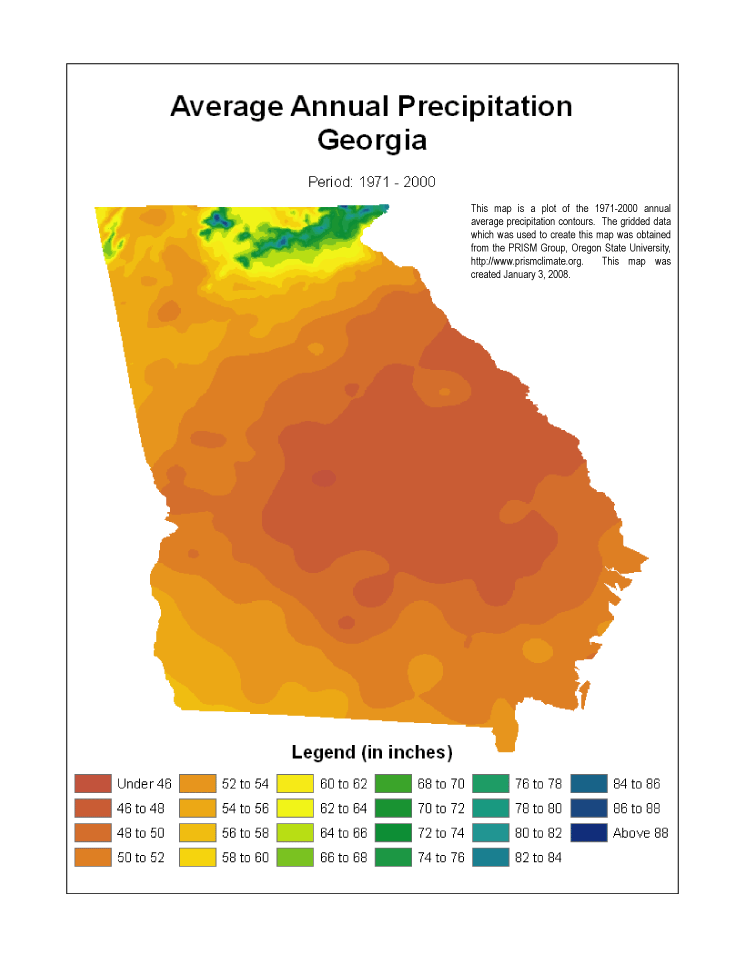Understanding The Weather Map: A Guide To Atlanta, Georgia
Understanding the Weather Map: A Guide to Atlanta, Georgia
Related Articles: Understanding the Weather Map: A Guide to Atlanta, Georgia
Introduction
With enthusiasm, let’s navigate through the intriguing topic related to Understanding the Weather Map: A Guide to Atlanta, Georgia. Let’s weave interesting information and offer fresh perspectives to the readers.
Table of Content
Understanding the Weather Map: A Guide to Atlanta, Georgia

Atlanta, Georgia, a vibrant city nestled in the southeastern United States, experiences a diverse range of weather patterns throughout the year. Understanding these patterns is crucial for residents, businesses, and visitors alike, and a key tool for navigating this dynamic climate is the weather map.
Decoding the Weather Map: A Visual Language of the Atmosphere
Weather maps, often referred to as synoptic charts, are graphical representations of meteorological data. They provide a snapshot of atmospheric conditions across a specific geographic area, offering insights into temperature, pressure, wind speed and direction, precipitation, and other critical factors.
Key Elements of an Atlanta Weather Map
- Isobars: Lines connecting points of equal atmospheric pressure. These lines reveal areas of high and low pressure, which play a significant role in determining wind patterns and precipitation.
- Isotherms: Lines connecting points of equal temperature. They highlight temperature variations across the region, crucial for understanding heat waves, cold fronts, and overall climate conditions.
- Wind Barbs: Symbols indicating wind direction and speed. The direction of the barb points towards the direction from which the wind is blowing, while the length of the barb indicates its speed.
- Precipitation Symbols: Icons representing different types of precipitation, such as rain, snow, sleet, or hail. These symbols are crucial for predicting the likelihood and intensity of precipitation events.
- Fronts: Boundaries separating air masses with different temperatures and humidities. Cold fronts, characterized by a steep temperature drop, often bring thunderstorms and strong winds, while warm fronts are associated with gradual temperature rises and light precipitation.
Atlanta’s Unique Weather Patterns
Atlanta’s climate is classified as humid subtropical, characterized by hot, humid summers and mild, relatively short winters. The city’s location in the southeastern United States makes it susceptible to various weather phenomena, including:
- Thunderstorms: Atlanta experiences frequent thunderstorms, particularly during the summer months. These storms can be accompanied by heavy rainfall, strong winds, and lightning.
- Tornadoes: While rare, tornadoes can occur in Atlanta, particularly during the spring and early summer months.
- Hurricanes: Atlanta is located far enough inland to avoid direct hurricane hits, but the city can still experience heavy rainfall and flooding due to tropical storm remnants.
- Winter Storms: Atlanta’s winters are typically mild, but the city can experience occasional snow and ice storms, which can cause significant disruption.
The Importance of the Weather Map for Atlanta
The weather map serves as an invaluable tool for:
- Public Safety: Forecasting severe weather events like thunderstorms, tornadoes, and winter storms allows for timely warnings and alerts, enabling residents to take necessary precautions and minimize potential risks.
- Transportation: Understanding wind patterns, precipitation, and potential hazards like fog and ice is essential for safe and efficient transportation planning, particularly for aviation and road travel.
- Agriculture: Farmers rely on weather maps to track temperature, precipitation, and potential frost events, optimizing planting and harvesting schedules and protecting their crops.
- Outdoor Activities: Weather maps provide crucial information for outdoor enthusiasts, allowing them to plan their activities based on temperature, precipitation, and wind conditions.
- Energy Management: Understanding temperature fluctuations allows utilities to adjust energy production and distribution, ensuring reliable energy supply for homes and businesses.
FAQs Regarding Weather Maps in Atlanta
Q: Where can I find reliable weather maps for Atlanta?
A: Numerous online resources offer detailed weather maps for Atlanta, including the National Weather Service (NWS), AccuWeather, The Weather Channel, and local news websites.
Q: What are the best times of year to visit Atlanta based on weather?
A: Atlanta enjoys pleasant weather during the spring (March-May) and fall (September-November). Summer (June-August) is hot and humid, while winter (December-February) can be mild but occasionally experience cold snaps and snow.
Q: How can I interpret the symbols and data on a weather map?
A: Most weather maps provide a legend explaining the symbols used. Online resources and weather apps often offer interactive features that allow users to zoom in on specific areas and obtain detailed information about specific weather elements.
Tips for Utilizing Weather Maps in Atlanta
- Pay attention to weather alerts and warnings: The NWS issues alerts and warnings for severe weather events, which should be taken seriously.
- Check the forecast regularly: Weather conditions can change rapidly, so it’s essential to stay updated on the latest forecasts.
- Prepare for potential hazards: Have a plan in place for dealing with extreme weather events, such as thunderstorms, tornadoes, and winter storms.
- Stay informed about local weather conditions: Atlanta’s weather can vary significantly from one neighborhood to another.
Conclusion
The weather map is an indispensable tool for navigating the dynamic climate of Atlanta, Georgia. By understanding the symbols, data, and forecasts, residents, businesses, and visitors can make informed decisions to ensure safety, optimize activities, and plan for the unique weather patterns that define Atlanta’s atmospheric landscape.








Closure
Thus, we hope this article has provided valuable insights into Understanding the Weather Map: A Guide to Atlanta, Georgia. We hope you find this article informative and beneficial. See you in our next article!